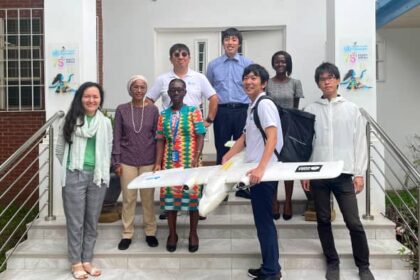Mira Murati’s new research venture, Thinking Machines Lab, is attracting major attention after raising $2 billion in seed funding and assembling an all-star team of former OpenAI researchers. This week, the lab published its first research blog post, giving the public a glimpse into its ambitious mission to solve one of AI’s biggest challenges: making large language models (LLMs) produce reproducible responses.
The blog post, “Defeating Nondeterminism in LLM Inference,” written by researcher Horace He, explains why AI outputs often vary when the same prompt is repeated. According to He, the randomness originates from the way GPU kernels, tiny programs that power Nvidia chips, are combined during inference. By carefully controlling this orchestration, Thinking Machines Lab believes AI systems can deliver more consistent answers.
Reproducible responses have major implications. For enterprises and researchers, it means reliable outputs. For reinforcement learning, it creates a “smoother” training process since models can be rewarded with cleaner, less noisy data. This approach could accelerate the customization of AI for businesses, something Murati has hinted will be central to the lab’s first product launch in the coming months.
The lab’s research blog, part of a new series called “Connectionism,” also signals a commitment to openness. Thinking Machines Lab says it plans to regularly publish research, code, and insights, contrasting with the increasingly closed nature of OpenAI. Whether Murati’s team can sustain this openness while justifying its $12 billion valuation remains to be seen.
Related: Rendezvous Robotics Wants to Redefine Space Assembly with Self-Organizing Tiles
What is clear is that Thinking Machines Lab is positioning itself at the cutting edge of AI research, aiming to turn reproducibility from a theoretical goal into a practical breakthrough.





